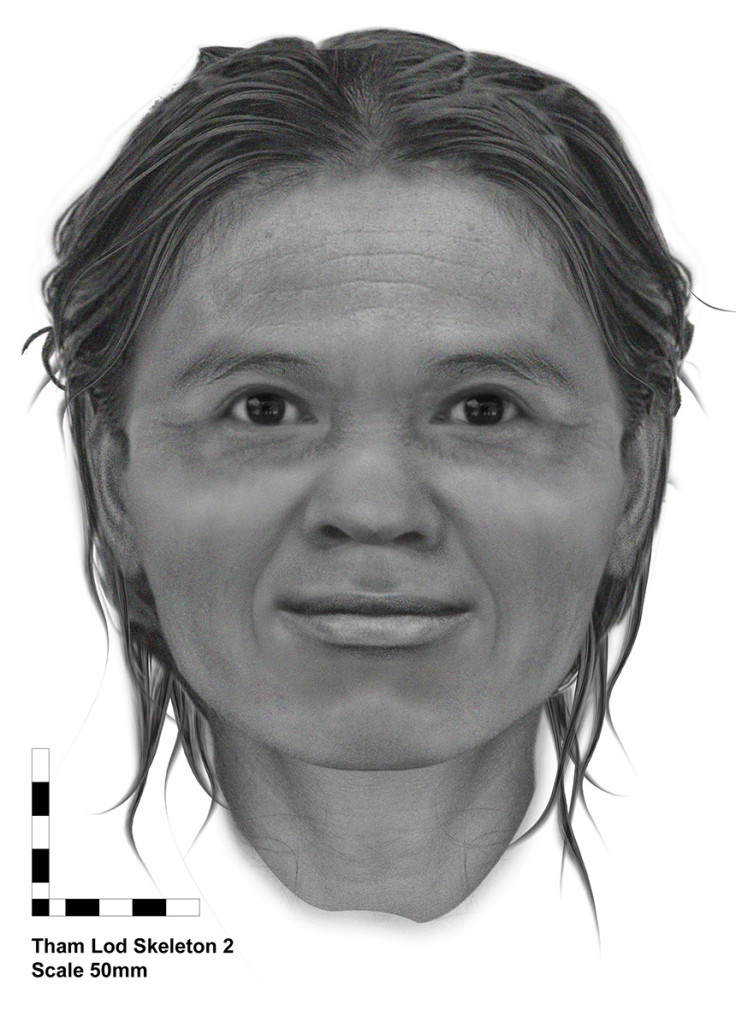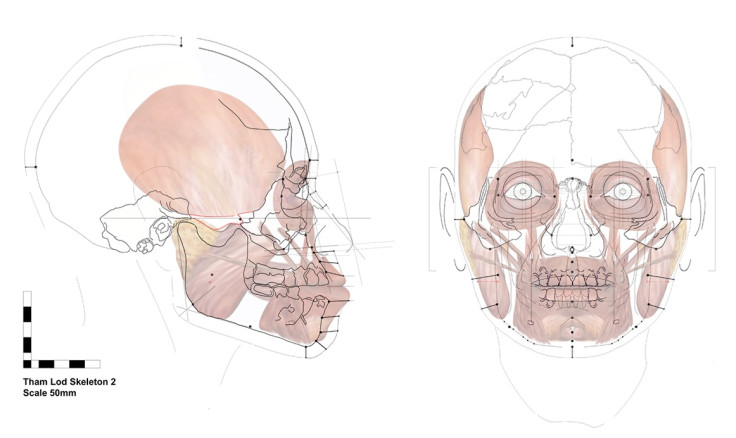Face of Stone Age woman from Thailand's northern highlands revealed
The woman is thought to be a direct descendant of the founding population of South-East Asia.

Archaeologists have put a face to the oldest human remains excavated from Thailand's northern highlands.
The remains of the woman, who lived about 13,600 years ago, were found in the Late Pleistocene Tham Lod rock shelter in north-west Thailand. The woman was between 25 and 35 years old and between 1.48 and 1.56 metres tall.
The age of her remains and the location they were found in suggest that she descended from the first humans to colonise South-East Asia. The findings are reported in the journal Antiquity.
The first approximation of the woman's face has now been created, using a global dataset of measurements of skulls, muscles, skin and other soft facial tissue from a large sample of the population across the world.
Estimating the face of a prehistoric human can be rife with pitfalls. Using data from a range of ethnicities in different countries and continents helps to make sure the impression of the face isn't biased towards one population, study author Susan Hayes of the University of Wollongong, Australia, told IBTimes UK.
Hayes used a method called "facial approximation", based on the analysis of soft tissues and skull measurements from an international sample population, rather than the popular method of "forensic facial reconstruction".
"Facial reconstruction fascinates people, and it attracts a lot of enthusiasm from both artists and scientists," Hayes said. "Unfortunately, some are scientists without any understanding of the technicalities of artistic depiction, others are artists without any understandings of the technicalities of science.
"The deceased deserve a bit better than this."

The resulting image is thought to give a good general impression of the woman's face, but is "unlikely to be a portrait likeness", Hayes said. This is because the data used for comparison are averaged over a large population. So if the Tham Lod rock shelter woman was entirely like the average person with her facial measurements, then the image would be a good likeness. But, Hayes notes, no one is average.
"But the average [image] is better, I think, than intuition, inspiration, self-portraiture, or doggedly sticking to relatively simple methods that are simply wrong."
© Copyright IBTimes 2025. All rights reserved.






















